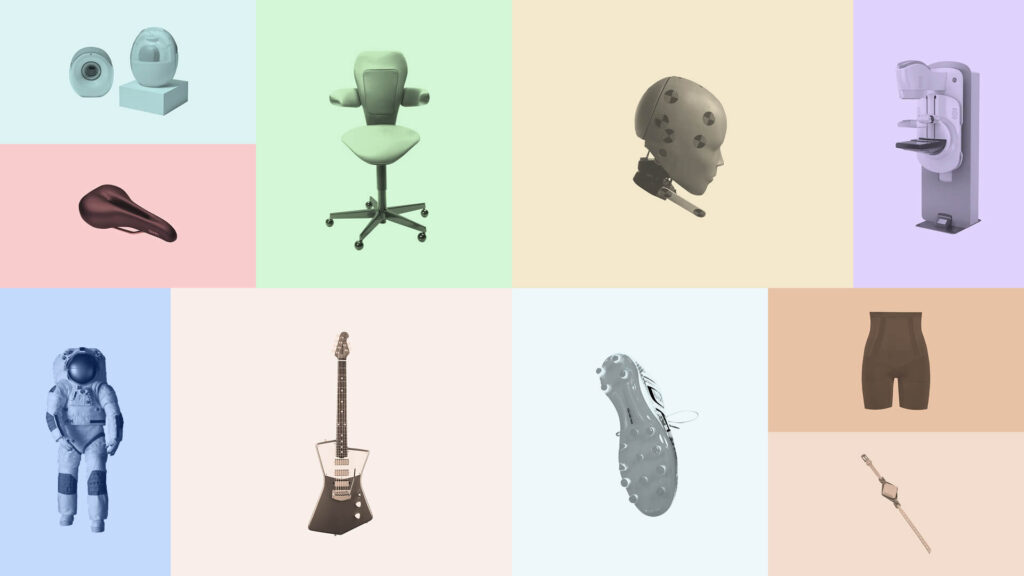As a matter of cost-efficiency, NASA spacesuits are designed to fit crew members of various sizes, regardless of gender. But in 2019, the sudden postponement of what was advertised as the “first all-female spacewalk,” due to spacesuit availability, became a rallying point for gender parity activists. Former US secretary of state Hillary Clinton even tweeted “Make another suit.”
Making a new mission-ready spacesuit is a complex technical feat more akin to designing a car than sewing a garment. Called “Extravehicular Mobility Units,” the spacesuits worn outside a spacecraft essentially work as wearable life-support systems.
Axiom Space, a privately-owned space infrastructure developer, has been working on NASA’s next generation spacesuits for several years, building on a prototype unveiled by the US space agency in 2019. Designers behind the Axiom Extravehicular Mobility Unit (AxEMU) say the suit considers female sizing with greater nuance.
“We are accommodating a wider range of people than we have in the past,” said Tammy Radford, a design lead in Axiom’s spacesuit program, in a phone interview with CNN. “Typically, women are of smaller stature in the percentile range, and we want to include more of them.” NASA uses the anthropomorphic standards data published by the US Army to determine sizing, like many design initiatives. With an outer layer developed in collaboration with Prada, Axiom’s suit employs a modular system of interchangeable components, so a crew member with, say, a short torso and longer legs can still have a well-fitted suit.
NASA has yet to announce the crew for Artemis III mission, but the AeXMU could be worn by the first woman on the moon should a female astronaut be selected.
In 2023, Axiom also worked with costume designer Esther Marquis to create a spacesuit cover (its exterior look) to promote its initial research. Marquis said the project later informed her designs for the Apple TV+ science fiction series, “For All Mankind.” “The Season 4 suit was designed along the modular idea, allowing us greater flexibility to accommodate for a smaller frame,” Marquis explained in an email to CNN, adding: “As technology progresses, we will see these components get smaller and weigh less allowing the suit to have greater flexibility and better fit. I am keen to address the female shape in a more comprehensive way as the show moves past current technology.”

